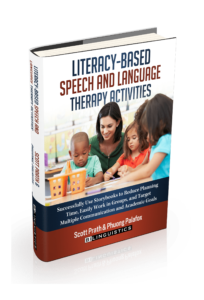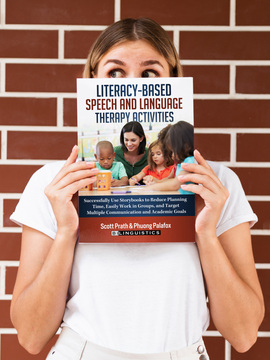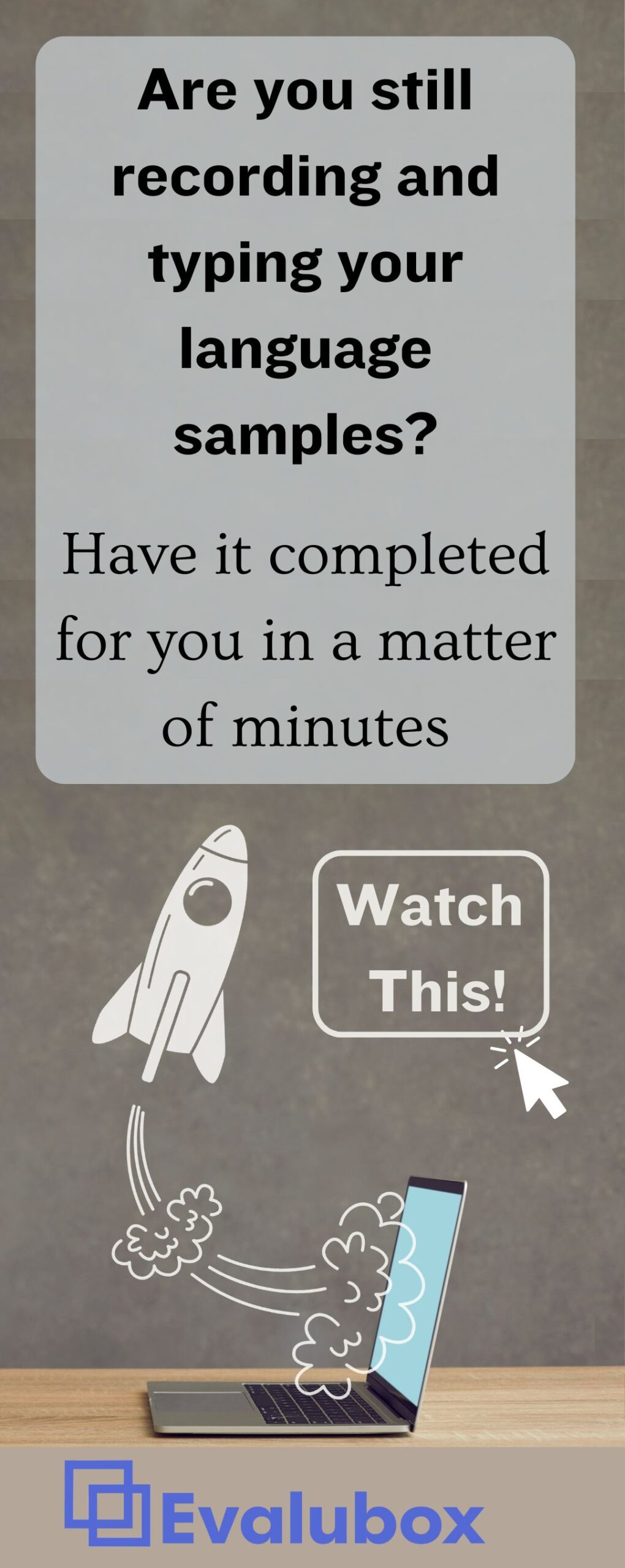Our speech therapy is drenched with reading comprehension and decoding support. We just need the right information to validate what we are already doing.
This post is a follow-up to last week’s essay: Where Speech Therapy and Literacy Meet: Let everyone know how you ALREADY support reading

Here is what the ASHA Mothership has to say about speech therapy and reading:
SLPs play a critical and direct role in literacy development, due to established connections between spoken and written language.
- Spoken language is the foundation for reading and writing
- Spoken language and reading and writing build on each other
- Children with speech-language impairment often have difficulty reading
- Instruction in spoken language can affect growth in reading and writing
Let’s skip the chit-chat and use this post to give you the references for the hard work you are already doing.
Statistics on Reading Deficits and Language Impairments
- 52% of children with language impairment also have reading difficulties (Tomblin, Zhang, Backwalter & Catts, 2000).
- Poor reading skills have an ongoing, negative influence on vocabulary and language development (Catts & Kamhi, 2005).
- Reading comprehension skills in 3rd grade were the best predictors of high school dropouts (California Dept. of Education)
- Children with language delays are likely to need more frequent instruction that is shorter in duration (Cook, 2000; Verhoeven & Van Balkom, 2004)
- Language of instruction should be kept at a suitable level of complexity and clarification to better accommodate children’s speed of oral language processing (Bishop & Leonard, 2000; Nation, 2005)
Socio-Economic Status (SES) as a factor
- Children from higher SES homes (due to social, language, and literacy enhancement abilities) are advanced in later reading achievement (Raz & Bryant, 1990; Wasik & Bond, 2001; White, 1982)
- Children from higher SES homes are more successful in making the transition from “learning to read” to “reading to learn” (Campbell, Kelly, Mullis, Martin & Sainsbury, 2001)
Research looking at Reading Fluency
- There is a strong relationship between early language and phonological awareness/sensitivity and later reading and spelling development (Joshi & Hulme, 1998; Lipka & Siegel, 2007; Snowling ,Adams, Bishop & Stothard, 2001)
- Phonological Awareness:
- Is a strong predictor of reading fluency, especially in orthographically inconsistent systems
- Is more taxed in orthographically inconsistent systems (e.g. English) than in orthographically consistent systems (Spanish, Greek)
- Phonological awareness and letter naming in kindergarten predicted at-risk or typical reading development in Grade 3 for ESL and monolingual students
Efficacy of Intervention
- Engaging children in reciprocal verbal interactions that support the child in producing more linguistically complex dialogues directly facilitates the development of children’s language proficiency and indirectly the development of their reading skills
- Both visual and verbal models of intervention resulted in gains in reading comprehension for adequate decoders/poor comprehenders (Hay, 2003)
Research looking at Reading Comprehension
- Early language development is a developmental precursor and good predictor of children’s early reading development (Teal & Sulzby, 1986)
- Improving vocabulary and word knowledge is an important part of developing reading comprehension (Vaughn et al, 2006)
- Processing resources, such as working memory, may more strongly influence word learning and reading ability than the availability or knowledge of language structures (Gilliver & Byrne, 2009)
- Semantic skills at age 3 and phonological awareness at age 6 both predicted reading skills at age 16 (Frost, et. al., 2005)
- Letter identification, working memory, rhyme detection and phoneme deletion (phonological awareness) in kindergarten predicted fourth-grade word reading (Lesaux, Rupp, & Siegel, 2007)





